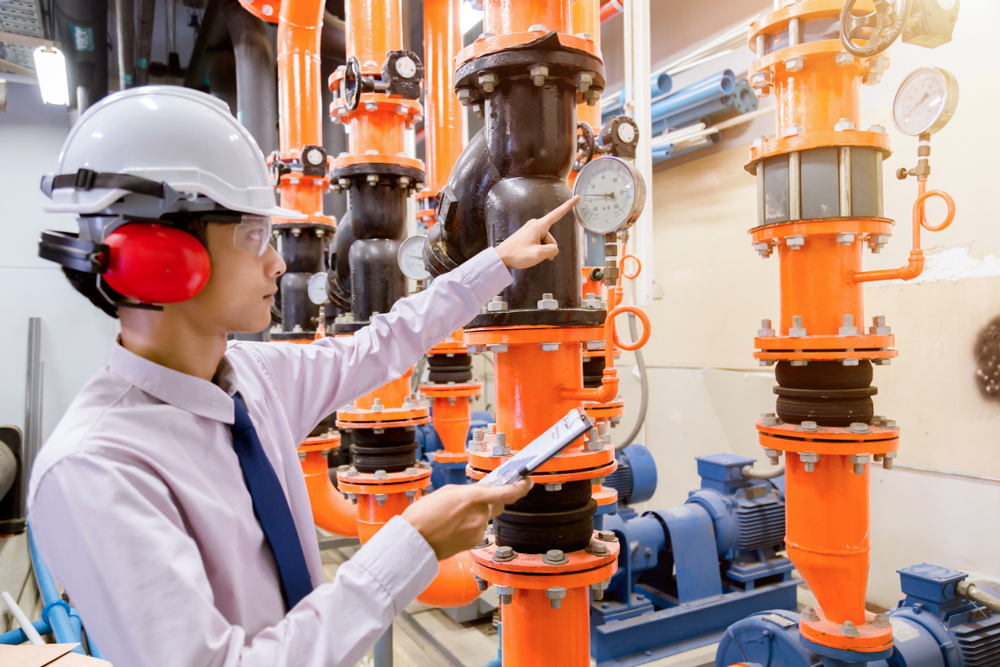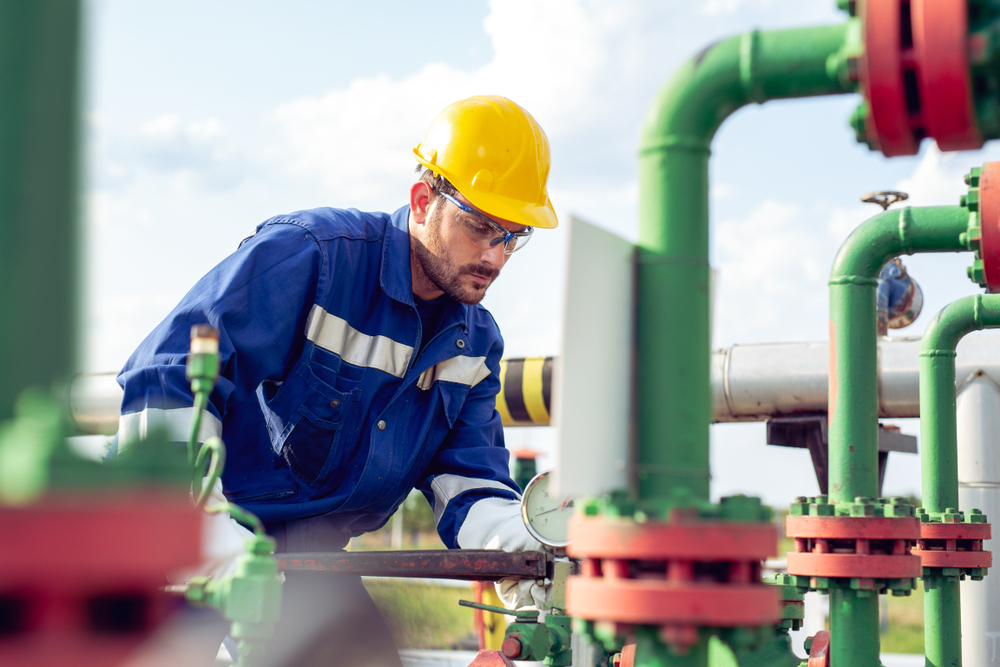Isn’t it fascinating how intricate and key to city life the infrastructure of pipelines have become? Have you ever wondered about their structure, durability, and ongoing operation? The crux of these questions directs us towards the thrilling world of pipeline investigation methods, which are often more complex than they seem.
Both the layman and the expert might agree on how these networks of pipes need meticulous attention to function reliably. Frequent checks, regular maintenance, and periodic upgrades are a crucial chunk of these pipelines entire life cycle. But, how do we ensure their proper investigation, and what possible methods are applied in this process? That’s what we will focus on today. We’ll delve deep into the art of pipeline investigation, its techniques, advantages, and much more.
In this enlightening journey, we’ll explore the complex dynamics of pipeline investigation, its advanced technologies, pros and cons of specific techniques, and the untold prospective trends it accommodates for the future.
Understanding Pipeline Inspections: The What And Why
Pipeline investigations involve a detailed examination of a given set of pipelines to unearth any subsisting flaws, potential risks, and room for improvement. They are largely driven by three goals: safety, reliability, and reducing the impact on our ever-valuable environment.
Techniques used in pipeline investigation have evolved over time, from simple visual checks to much advanced methods utilising 21st-century technology like robotics and laser scanning. Why such drastic improvements, you might ask? The reasons are clear— to enhance accuracy, improve efficiency and ensure the end-users’ safety.
The Pros And Cons Of Modern Pipeline Investigation Methods
Weighing the benefits and shortcomings of the techniques used in pipeline investigation fosters informed decisions. The advantages range from precision in finding defects, minimising manual labour, to saving additional costs in the long run. However, these methods also come with their share of drawbacks such as the initial high capital expenditure, complexity in operation and requirement of skilled personnel.

Modern pipeline investigation methods offer numerous advantages but come with certain drawbacks. Pros include advanced technologies like robotic crawlers and high-resolution imaging, enabling precise inspections without excavation. These methods minimize environmental impact and reduce costs associated with traditional digging. However, modern techniques may have high upfront expenses for technology acquisition and training. Interpretation of complex data requires skilled professionals. Additionally, technological malfunctions can disrupt inspections. Balancing these pros and cons is crucial for optimal pipeline management, ensuring a cost-effective and environmentally friendly approach while addressing challenges associated with the implementation and maintenance of modern pipeline investigation methods.
Exploring In-Depth: Traditional Vs. Modern Techniques
This section will compare the traditional, more manual techniques such as digging and exploratory drilling with the modern technologically-advanced methods. We’ll look into their capabilities and effectiveness, time consumption, costs involved, and impact on the environment.
Exploring traditional versus modern investigation techniques reveals a dynamic landscape in pipeline management. Traditional methods, relying on manual inspections and excavation, offer reliability but can be time-consuming and disruptive. In contrast, modern techniques, leveraging robotics and advanced imaging, provide efficiency and reduced environmental impact. While traditional approaches may lack the technological sophistication of modern methods, they often involve lower upfront costs. A comprehensive evaluation must consider factors like accuracy, speed, environmental impact, and costs to determine the most effective approach. Balancing the strengths and limitations of both traditional and modern techniques is vital for informed and efficient pipeline management.
Bringing It To Life: Case Studies
Real-world examples and case studies can shed light on practical implications of these methods. We’ll dissect some instances where modern techniques of pipeline investigations have proven to be a boon or a bane.
The Future Of Pipeline Inspections: Up And Coming Trends
With the unstoppable wheel of technology turning, it impacts pipeline inspections methods too. This section will provide a glimpse into the future and discuss prospective trends that are gearing up to shape the sector.
Legislations And Guidelines For Pipeline Inspections
Lastly, we’ll delve into the legal elements involved in pipeline investigations. Understanding the regulations, guidelines and adhering to them is crucial in the context of safety, operational efficiency and environmental responsibility.
Conclusion
Pipeline investigations might seem intricate and complex, and rightly so. Their importance in maintaining functional infrastructure is indisputable. Hence, embracing advanced and responsible methods is the way forward. Also, understanding the merits and demerits of different techniques can drastically aid in making an informed decision about their usage. The future holds exciting trends such as robotic surveyors, drones, AI algorithms and more. Hence, it is pivotal to keep abreast of such developments. While respecting the legislations and guidelines in place, let us move toward a safer and more efficient future in pipeline investigations.
